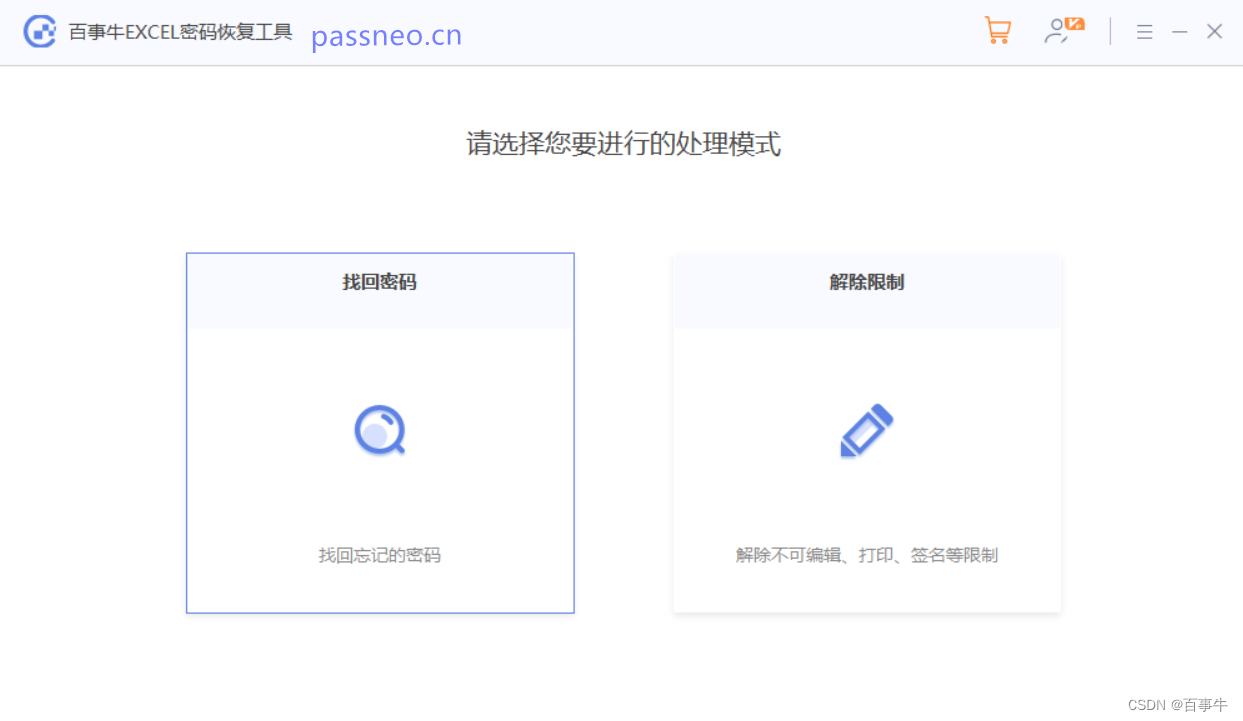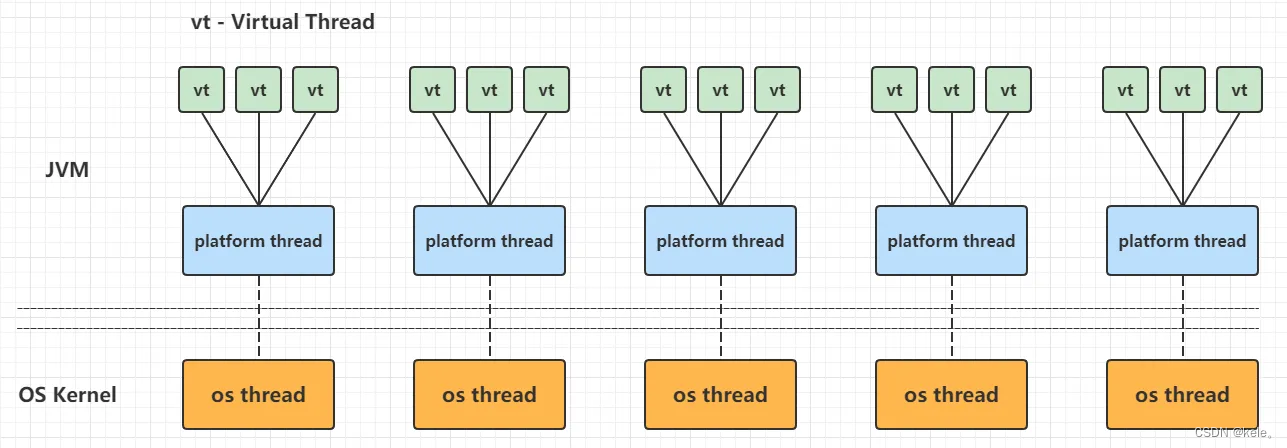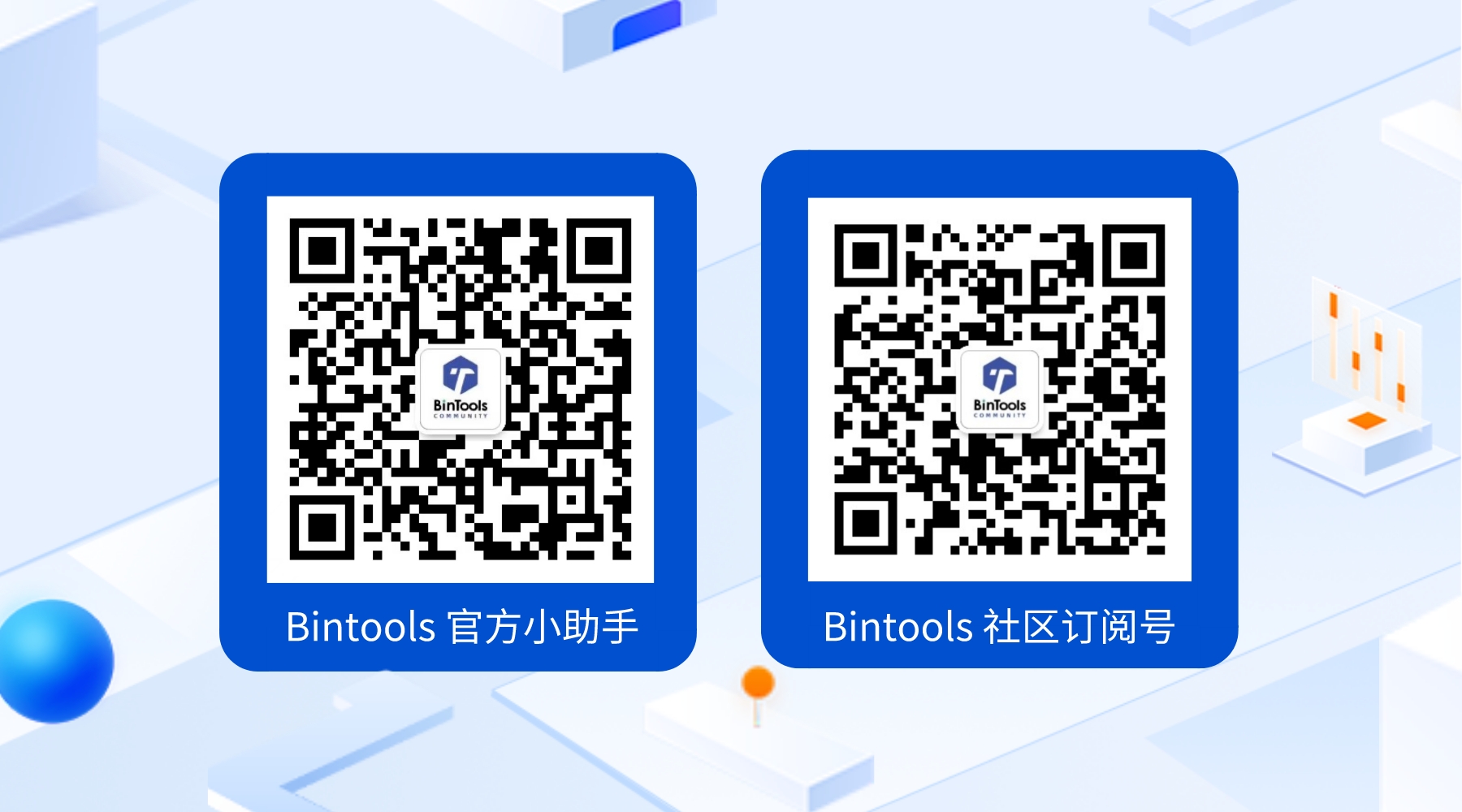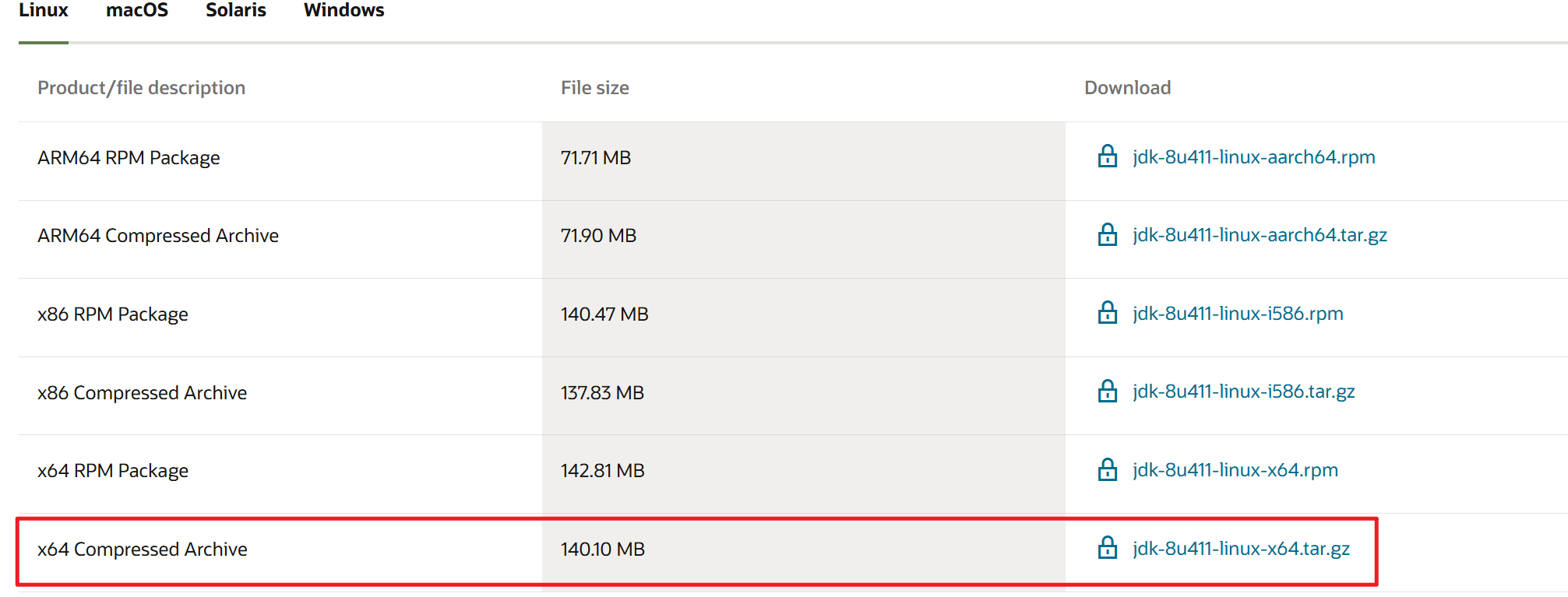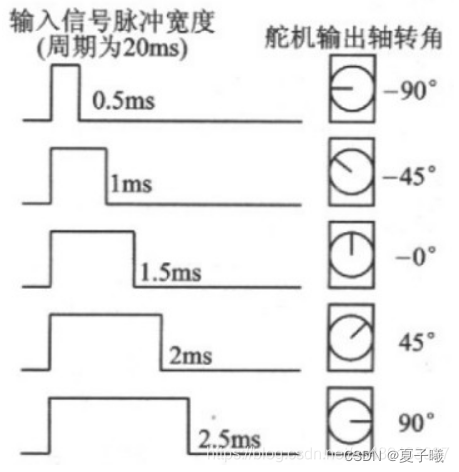题意:
使用FastAPI、Llama.cpp和Langchain流式传输本地大型语言模型
问题背景:
I have setup FastAPI with Llama.cpp and Langchain. Now I want to enable streaming in the FastAPI responses. Streaming works with Llama.cpp in my terminal, but I wasn't able to implement it with a FastAPI response.
我已经使用Llama.cpp和Langchain设置了FastAPI。现在我想在FastAPI响应中启用流式传输。在我的终端中,流式传输与Llama.cpp一起工作正常,但我无法将其与FastAPI响应一起实现。
Most tutorials focused on enabling streaming with an OpenAI model, but I am using a local LLM (quantized Mistral) with llama.cpp. I think I have to modify the Callbackhandler, but no tutorial worked. Here is my code:
大多数教程都集中在如何使用OpenAI模型启用流式传输,但我正在使用带有llama.cpp的本地大型语言模型(量化的Mistral)。我认为我需要修改Callbackhandler,但我没有找到任何可行的教程。以下是我的代码:
from fastapi import FastAPI, Request, Response
from langchain_community.llms import LlamaCpp
from langchain.callbacks.manager import CallbackManager
from langchain.callbacks.streaming_stdout import StreamingStdOutCallbackHandler
import copy
from langchain.chains import LLMChain
from langchain.prompts import PromptTemplate
model_path = "../modelle/mixtral-8x7b-instruct-v0.1.Q5_K_M.gguf"
prompt= """
<s> [INST] Im folgenden bekommst du eine Aufgabe. Erledige diese anhand des User Inputs.
### Hier die Aufgabe: ###
{typescript_string}
### Hier der User Input: ###
{input}
Antwort: [/INST]
"""
def model_response_prompt():
return PromptTemplate(template=prompt, input_variables=['input', 'typescript_string'])
def build_llm(model_path, callback=None):
callback_manager = CallbackManager([StreamingStdOutCallbackHandler()])
#callback_manager = CallbackManager(callback)
n_gpu_layers = 1 # Metal set to 1 is enough. # ausprobiert mit mehreren
n_batch = 512#1024 # Should be between 1 and n_ctx, consider the amount of RAM of your Apple Silicon Chip.
llm = LlamaCpp(
max_tokens =1000,
n_threads = 6,
model_path=model_path,
temperature= 0.8,
f16_kv=True,
n_ctx=28000,
n_gpu_layers=n_gpu_layers,
n_batch=n_batch,
callback_manager=callback_manager,
verbose=True,
top_p=0.75,
top_k=40,
repeat_penalty = 1.1,
streaming=True,
model_kwargs={
'mirostat': 2,
},
)
return llm
# caching LLM
@lru_cache(maxsize=100)
def get_cached_llm():
chat = build_llm(model_path)
return chat
chat = get_cached_llm()
app = FastAPI(
title="Inference API for Mistral and Mixtral",
description="A simple API that use Mistral or Mixtral",
version="1.0",
)
app.add_middleware(
CORSMiddleware,
allow_origins=["*"],
allow_credentials=True,
allow_methods=["*"],
allow_headers=["*"],
)
def bullet_point_model():
llm = build_llm(model_path=model_path)
llm_chain = LLMChain(
llm=llm,
prompt=model_response_prompt(),
verbose=True,
)
return llm_chain
@app.get('/model_response')
async def model(question : str, prompt: str):
model = bullet_point_model()
res = model({"typescript_string": prompt, "input": question})
result = copy.deepcopy(res)
return resultIn a example notebook, I am calling FastAPI like this:
在一个示例笔记本中,我像这样调用FastAPI:
import subprocess
import urllib.parse
import shlex
query = input("Insert your bullet points here: ")
task = input("Insert the task here: ")
#Safe Encode url string
encodedquery = urllib.parse.quote(query)
encodedtask = urllib.parse.quote(task)
#Join the curl command textx
command = f"curl -X 'GET' 'http://127.0.0.1:8000/model_response?question={encodedquery}&prompt={encodedtask}' -H 'accept: application/json'"
print(command)
args = shlex.split(command)
process = subprocess.Popen(args, shell=False, stdout=subprocess.PIPE, stderr=subprocess.PIPE)
stdout, stderr = process.communicate()
print(stdout)So with this code, getting responses from the API works. But I only see streaming in my terminal (I think this is because of the StreamingStdOutCallbackHandler. After the streaming in the terminal is complete, I am getting my FastAPI response.
所以,使用这段代码,从API获取响应是可行的。但我只能在终端中看到流式传输(我认为这是因为使用了StreamingStdOutCallbackHandler)。在终端中的流式传输完成后,我才能收到FastAPI的响应。
What do I have to change now that I can stream token by token with FastAPI and a local llama.cpp model?
我现在可以使用FastAPI和本地的llama.cpp模型逐令牌(token-by-token)地进行流式传输,那么我还需要改变什么?
问题解决:
I was doing the same and hit similar issue that FastAPI was not streaming the response even I am using the StreamingResponse API and eventually I got the following code work. There are three important part:
我之前也做了同样的事情,并遇到了类似的问题,即即使我使用了StreamingResponse API,FastAPI也没有流式传输响应。但最终我得到了以下可以工作的代码。这里有三个重要的部分:
-
Make sure using
StreamingResponseto wrap anIterator.
确保使用StreamingResponse来包装一个迭代器
-
Make sure the Iterator sends newline character
\nin each streaming response.
确保迭代器在每个流式响应中发送换行符 \n。
-
Make sure using streaming APIs to connect to your LLMs. For example,
_client.chatfunction in my example is usinghttpxto connect to REST APIs for LLMs. If you userequestspackage, it won't work as it doesn't support streaming.
确保使用流式API来连接您的大型语言模型(LLMs)。例如,在我的示例中,_client.chat 函数使用 httpx 来连接到LLMs的REST API。如果您使用 requests 包,那么它将无法工作,因为 requests 不支持流式传输。
async def chat(self, request: Request):
"""
Generate a chat response using the requested model.
"""
# Passing request body JSON to parameters of function _chat
# Request body follows ollama API's chat request format for now.
params = await request.json()
self.logger.debug("Request data: %s", params)
chat_response = self._client.chat(**params)
# Always return as streaming
if isinstance(chat_response, Iterator):
def generate_response():
for response in chat_response:
yield json.dumps(response) + "\n"
return StreamingResponse(generate_response(), media_type="application/x-ndjson")
elif chat_response is not None:
return json.dumps(chat_response)


